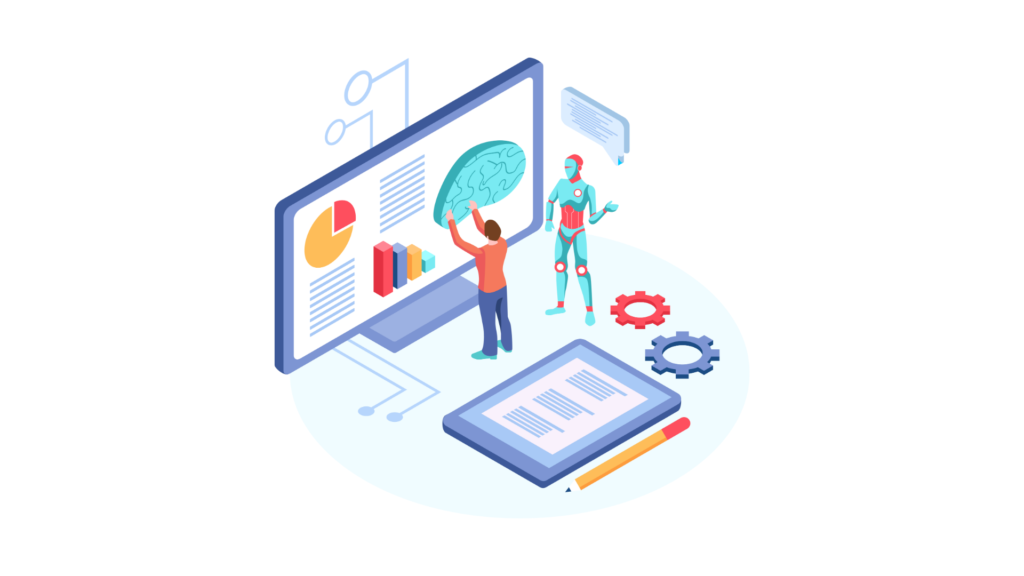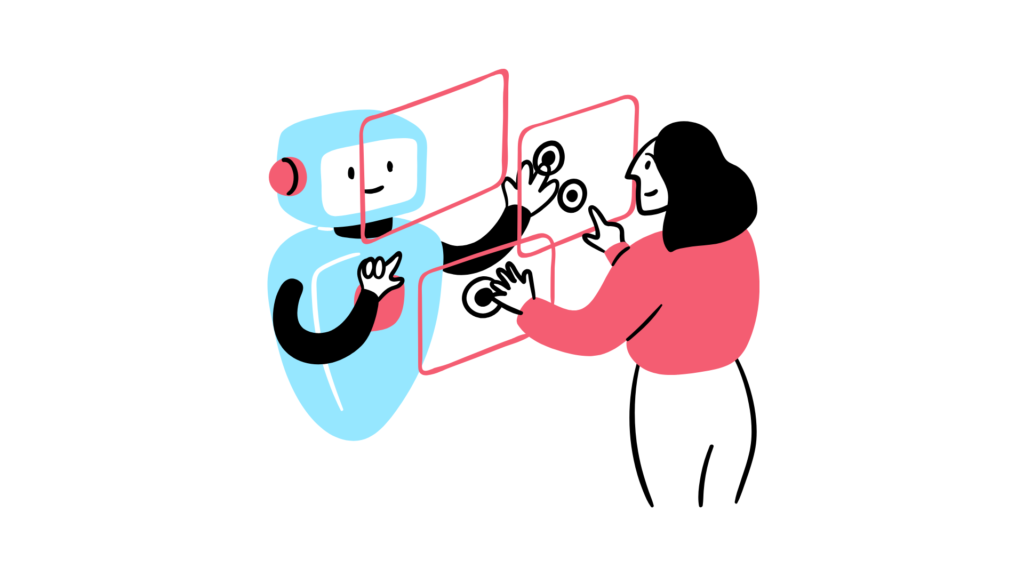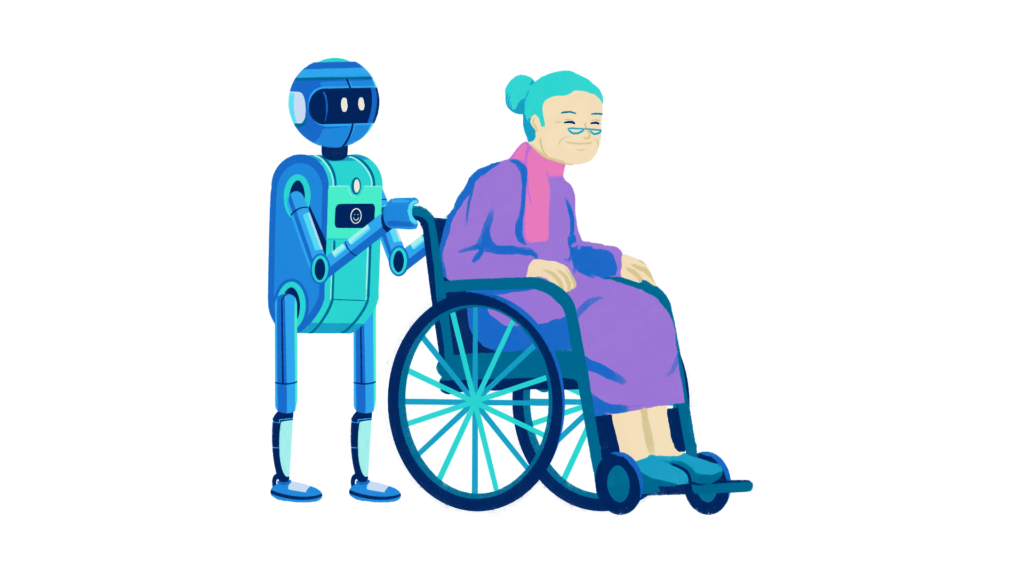




 Human-Robot Interaction is an evolving field that holds immense potential for transforming various industries and enhancing everyday life. By focusing on effective communication, intuitive design, safety, and ethical considerations, researchers and developers can create robots that work harmoniously with humans. As technology continues to advance, understanding and improving HRI will be crucial in shaping a future where humans and robots coexist and collaborate for mutual benefit. Embracing this synergy will not only enhance the capabilities of robots but also empower humans to harness the full potential of robotic technology. To learn more about robotics, check out our online certified courses today!
Human-Robot Interaction is an evolving field that holds immense potential for transforming various industries and enhancing everyday life. By focusing on effective communication, intuitive design, safety, and ethical considerations, researchers and developers can create robots that work harmoniously with humans. As technology continues to advance, understanding and improving HRI will be crucial in shaping a future where humans and robots coexist and collaborate for mutual benefit. Embracing this synergy will not only enhance the capabilities of robots but also empower humans to harness the full potential of robotic technology. To learn more about robotics, check out our online certified courses today! 